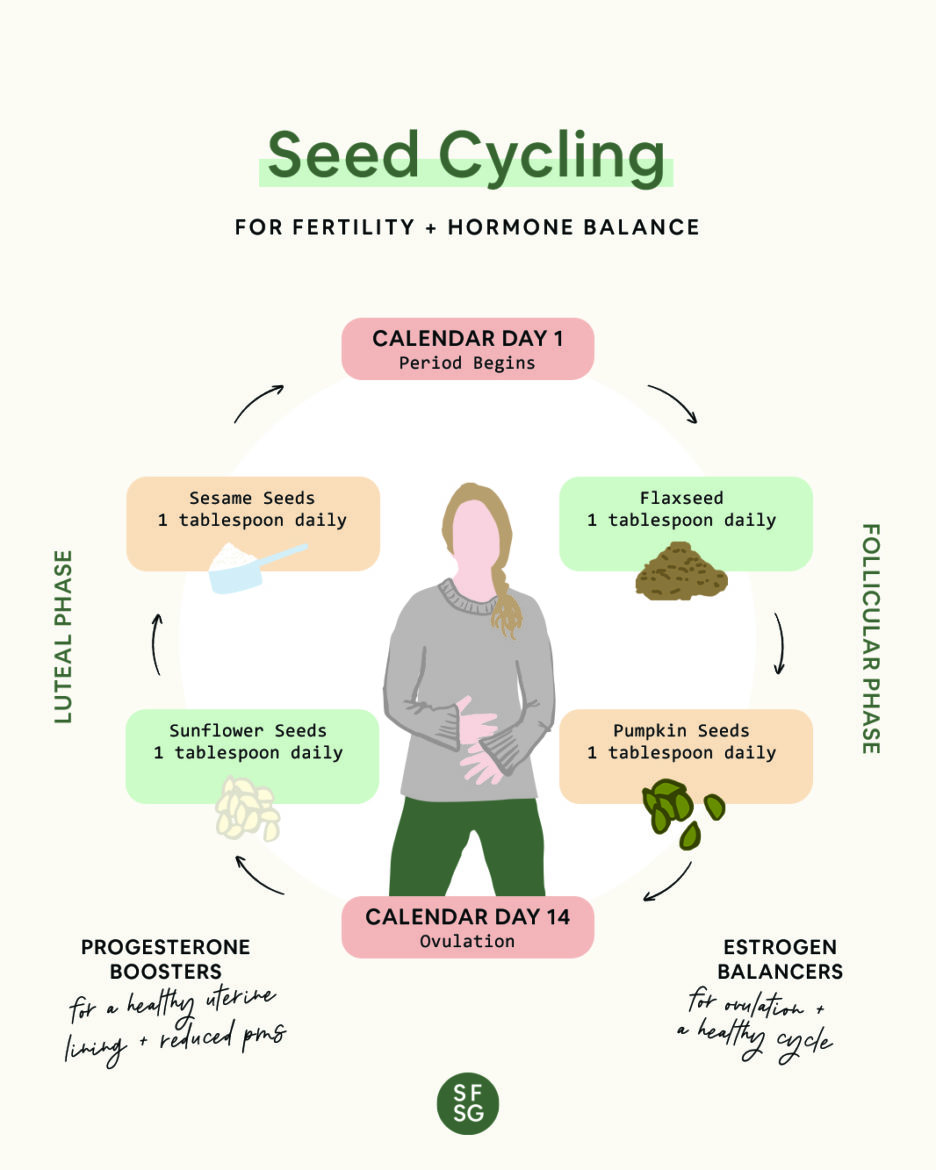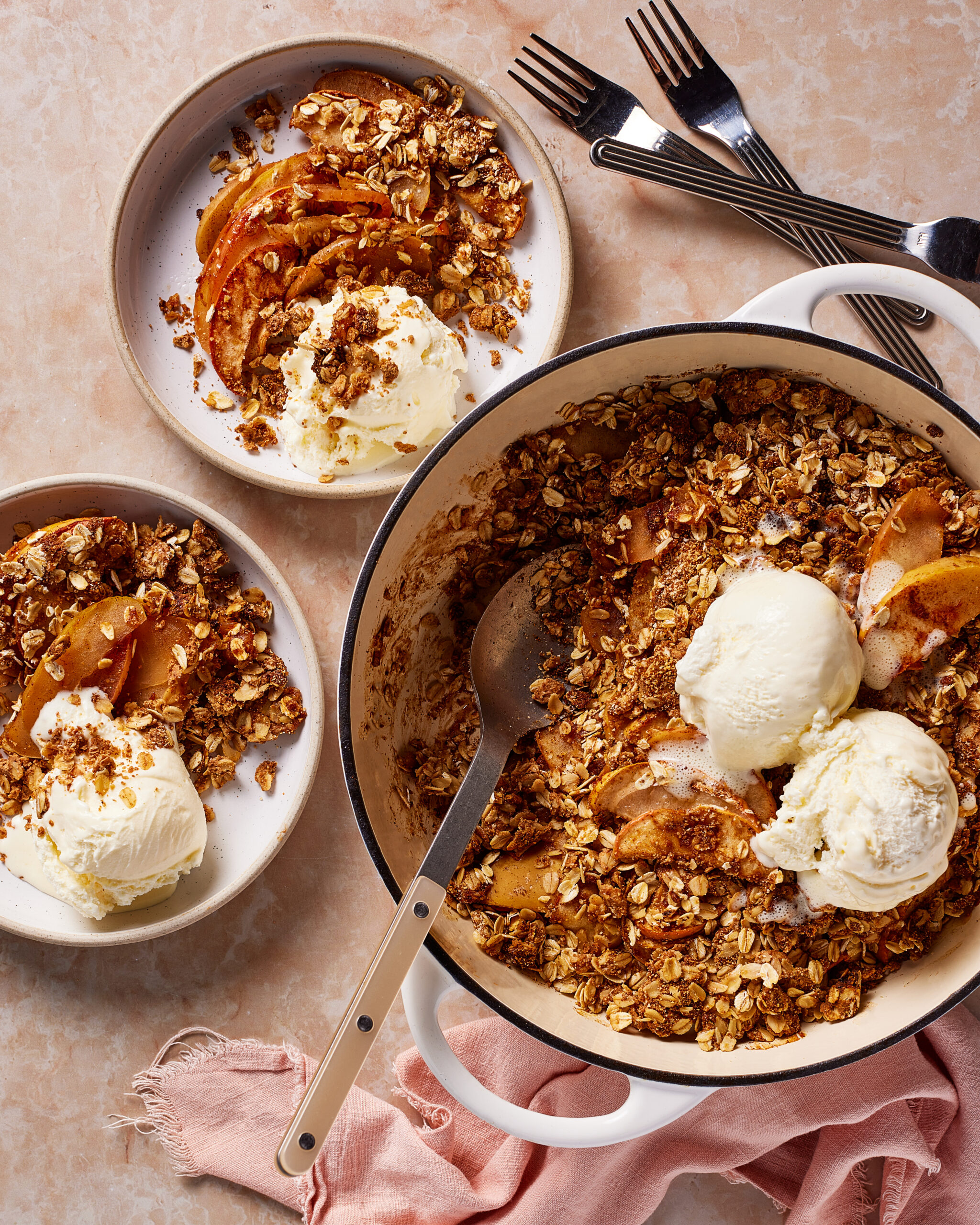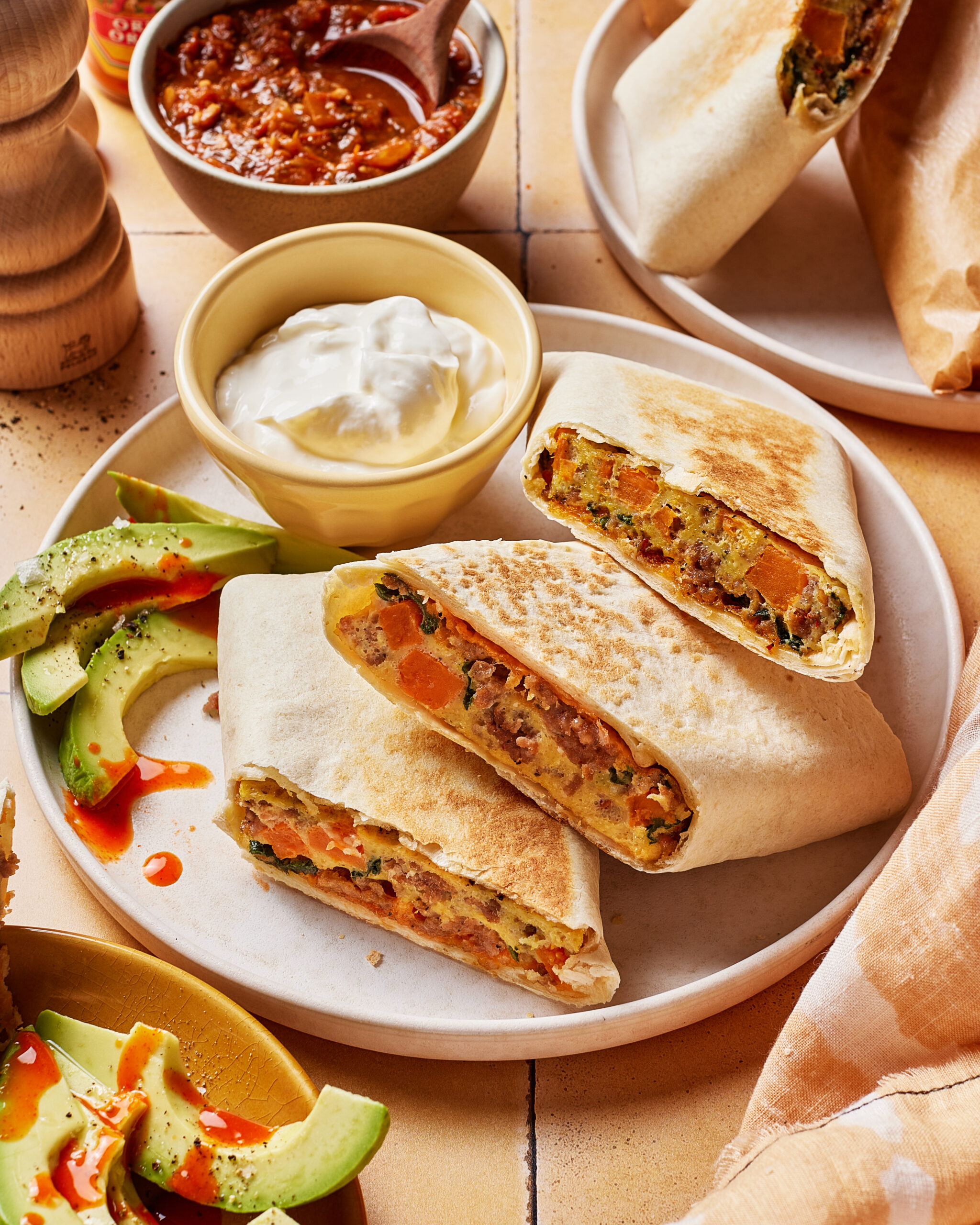recipes
lifestyle
wellness
motherhood
mindset
About
E-Books
Blog
Freebies
partnerships
hi, i'm lauren!
hey there!
I’m on a hot mission to help you balance your hormones & live your best life.
categories
Home
Quiz
Get In Touch
The Course
search:
Cookbook
Recipe key
GF
VG
P
Vegan
Gluten Free
Paleo
DF
Dairy-Free
download now
Join Hormone Healthy Eats!
Become a SFNSG insider to get my monthly Substack, Hormone Healthy Eats! Packed with the latest hormone-healthy recipes
+ tips.
jump to recipe >
If you know me, then you know I’m all about food that tastes good AND makes you feel good too. For me, seed cycling is a simple and fun way to check both boxes, as you can incorporate this fertility boosting and hormone balancing practice into some seriously delicious recipes.
To get started, you can follow my seed cycling chart as well as grab more tips and recipe ideas below.
Pro-Tip: Looking for more simple + delicious ways to boost fertility & balance hormones through food? Check out my go-to recipe guides.
WHAT IS SEED CYCLING?
Seed cycling is a growing wellness trend allegedly popularized in 2012 by naturopathic practitioner Lindsey Jesswein as a way to support the female endocrine system through its hormone fluctuations by consuming different seeds during different phases of the menstrual cycle.
The practice of rotating four different seeds (pumpkin, flax, sesame and sunflower) between the first and second half of our cycle phases alleges to regulate our hormones, thereby helping to relieve PMS, reduce period pain, stimulate ovulation, increase fertility and support the body in healing conditions such as PCOS and endometriosis.
SEED CYCLING & YOUR MENSTRUAL CYCLE
In order to dive further into seed cycling, it’s important to understand the hormonal fluctuations that occur during your menstrual cycle.
There are four phases in a typical menstrual cycle, which occur in either the first or second half:
-
+ Menstrual Phase — Day one of your period, when your new cycle begins (first half)
-
+ Follicular Phase — Begins the day your period ends, typically 7-10 days (first half)
-
+ Ovulatory Phase — Your fertile window, when you release an egg from your ovaries, typically day 12 -14 of your cycle (first half)
-
+ Luteal Phase — Begins the day ovulation ends up until you start your period, typically 10-14 days, completing the cycle (second half)
+ FIRST HALF OF MENSTRUAL CYCLE
During the first half of your cycle (menstruation, follicular and ovulatory phases) estrogen levels begin to rise and steadily increase in preparation for ovulation in order to potentially get pregnant.
While this is a good thing, there’s a very fine line between too much and too little estrogen, and many modern day lifestyle obstacles (alcohol, caffeine, stress, sugar, dieting, processed foods, toxins, etc.) can wreak havoc on your estrogen, leading to imbalanced levels.
Theoretically, adding in pumpkin and flax seeds rich in phytoestrogens can help to balance overall estrogen levels, increasing and decreasing estrogen as needed. Optimal estrogen levels are then able to effectively regulate other important hormones (such as follicle stimulating hormone (FSH) necessary for ovulation) and ensure a healthy menstrual cycle.
+ SECOND HALF OF MENSTRUAL CYCLE
After you ovulate, estrogen and other hormones (testosterone, FSH, LH) drop, sending you into the latter half of your cycle, your luteal phase. This phase typically lasts 10-14 days and should be a minimum of 10 days (as it takes the egg at least 10 days to travel to your uterus to implant in your lining, if trying to get pregnant). Anything less than 10 days an indicator of low progesterone and possible fertility issues.
During this phase, progesterone levels begin to rise steadily, enhancing your endometrium (uterine lining) in preparation for a potential egg implantation and pregnancy.
It’s very important to have healthy progesterone levels during this phase, as low progesterone can lead to PMS, irregular cycles, and challenges with getting or staying pregnant. Theoretically, consuming sunflower and sesame seeds (both rich in gamma-linolenic acid, GLA) during this phase works to support progesterone levels and reduce any inflammation in the body that can trigger PMS.
BUT DOES SEED CYCLING ACTUALLY WORK?
Seed cycling is a wellness trend that emerged within the last decade, with little scientific evidence or literature yet available to actually back it up. That being said, there IS plenty of scientific evidence to support the individual nutritional properties and health benefits of the seeds used in seed cycling (more on that below).
Additionally, anecdotal accounts are touted from both professionals and users claiming seed cycling has helped, but I always advise to take these with a grain of salt.
ALLEGED BENEFITS OF SEED CYCLING
While scientific evidence on seed cycling is lacking, there is a plethora of research done on the hormone health benefits of seed consumption.
Because these seeds are rich in gut-healthy fiber, minerals like zinc, selenium, calcium and iron critical for hormone production and optimal fertility, and inflammation-reducing omega fatty acids and antioxidants, studies have found that consuming them regularly can help to:
+ SAFELY ELIMINATE EXCESS ESTROGEN THAT CAN OTHERWISE LEAD TO PMS, PERIOD PAIN, HORMONAL ACNE, ETC.
+ LENGTHEN THE LUTEAL PHASE, CRITICAL FOR EGG IMPLANTATION (CONCEIVING)
+ SUPPORT OVULATION + FERTILITY
+ ASSIST IN HORMONE PRODUCTION + OVARIAN FOLLICULAR FUNCTION
+ SUPPORT HEALTHY TESTOSTERONE LEVELS (IMPORTANT FOR FERTILITY)
+ PROTECT OUR OVARIES, EGGS + REPRODUCTIVE SYSTEM
+ LOWER INFLAMMATION (associated with PCOS + hormone health conditions)
+ REDUCE PERIMENOPAUSE SYMPTOMS
+ REDUCE PMS, MOOD SWINGS & CRAMPING
SEEDS TO USE WHEN SEED CYCLING
+ Flaxseeds
Rich in lignans, which studies have shown to be beneficial in improving estrogen to progesterone ratios through the elimination of excess estrogen. I like this brand.
+ Pumpkin Seeds
Loaded with zinc, which supports healthy testosterone and progesterone levels and helps to improve the formation of the corpus luteum (necessary for ovulation). I use this brand.
+ Sesame Seeds
Also rich in lignans, as well as omega-3 and omega-6 fatty acids essential for hormone production and ovarian follicular function.These are my go-to.
+ Sunflower Seeds
High in iron, which supports estrogen detoxification via CYP liver genes and magnesium, which supports healthy prostaglandin levels in order to reduce period cramps. I like these.
WHEN TO PRACTICE SEED CYCLING
+ FIRST HALF OF MENSTRUAL CYCLE (DAY 1 OF PERIOD THROUGH OVULATION, DAYS 1-14)
Consume 1 tablespoon each of fresh ground flax and pumpkin seeds daily
+ SECOND HALF OF MENSTRUAL CYCLE (LUTEAL PHASE, DAYS 14 – 28)
Consume 1 tablespoon each of fresh ground sesame and sunflower seeds daily
**Review seed cycling chart above for a helpful visual.
SEED CYCLING FAQS
+ How long should I do seed cycling before I can expect to see results?
You’ll want to give yourself three full cycles before you notice any changes, although some of my clients have claimed to notice a difference within one full cycle! The caveat here is that seed cycling must be used in tandem with other hormone supportive practices (prioritizing sleep, mitigating stress, drinking water, eating meals regularly, etc.) in order to really notice results.
+ When should I start cycling with seeds?
The easiest way is to begin on day one of your period (see seed cycling chart above). I like to make a batch of my seed cycle granola for the first half with pumpkin and flaxseeds, then make a fresh batch with sunflower and sesame seeds after I ovulate.
+ Is seed cycling good for conceiving?
Seed cycling alone will not help you to conceive. That being said, the incorporation of these seeds, when used in tandem with other lifestyle practices, can help with conception odds by working to support healthy hormone levels and boost ovarian function (see benefits section above).
+ Can you use chia seeds with seed cycling?
While chia seeds are rich in nutrients and hormone-healthy properties, they are not technically a component of seed cycling. That being said I love chia seeds and encourage clients to consume them regularly.
+ Does seed cycling have side effects?
There are no known side effects to seed cycling, however if you have an allergy or sensitivity to seeds you’ll want to avoid this practice.
IS SEED CYCLING FOR YOU?
If you’re looking for a simple and natural, food as medicine based approach, seed cycling could be a great way to get started (as long as used in tandem with other hormone supportive approaches). Personally, I loosely follow seed cycling by adding seeds to delicious recipes I love and rotating them based on where I’m at in my cycle (see more on that below).
However if you’re already feeling overwhelmed or stressed at the thought of another habit to track, I’d encourage you to just focus on adding more seeds into your diet in general when possible.
SIMPLE WAYS TO START SEED CYCLING
+ Add seeds into your smoothie
+ Make a seed milk (pumpkinseed is my preference!)
+ Lightly toast seeds and add them to salads or bowls
+ Use them in sauces like pesto
+ Make a hummus with fresh tahini
+ Add them to your oatmeal
+ Mix them into energy bites or desserts
+ Make a seed cycling granola (my favorite way, see recipes below!)
SEED CYCLING RECIPES
+ Maple Cinnamon Seed Cycling Granola
+ Cacao Hazelnut Seed Cycling Granola
+ White Chocolate Macadamia Seed Cycling Granola
+ Seed Cycling Dark Chocolate Fudge Truffles
+ Seed Cycling Maple Almond Butter Granola Clusters (pg. 50 of the Hormone Balance Reset Plan)
+ Seed Cycle Bliss Balls (pg. 68 of the Hormone Balance Reset Plan)
+ Dark Chocolate Chunk Seed Cycle Granola Clusters (pg. 50 of the Fertility Boosting Fundamentals Guide)
BOTTOMLINE
Seed cycling is a food as medicine based approach to increase the nutrient density of your diet, thereby supporting healthier hormone levels. That being said, as seed cycling is a relatively new trend there’s little to no scientific evidence to back up this approach. Ultimately you’ll need to determine whether or not this is a practice that fits in with your lifestyle and health goals.
MORE CYCLE SYNCING RESOURCES
+ Eating For Your Menstrual Cycle: A Phase By Phase Guide
+ Cycle Syncing Cheat Sheet
This post contains affiliate links. We may receive a small commission for purchases made through these links. Thank you for your support!
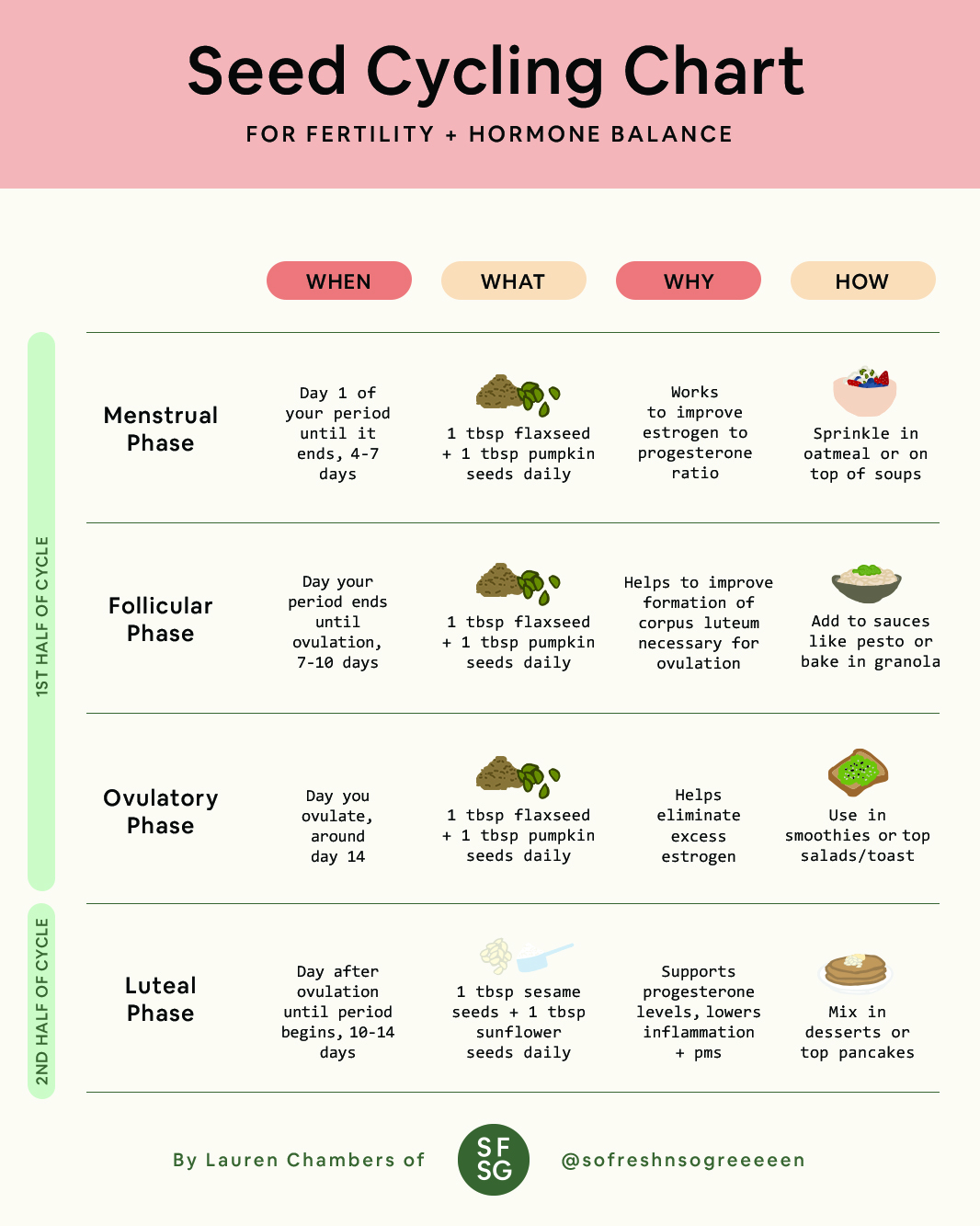
If you loved that...

01.
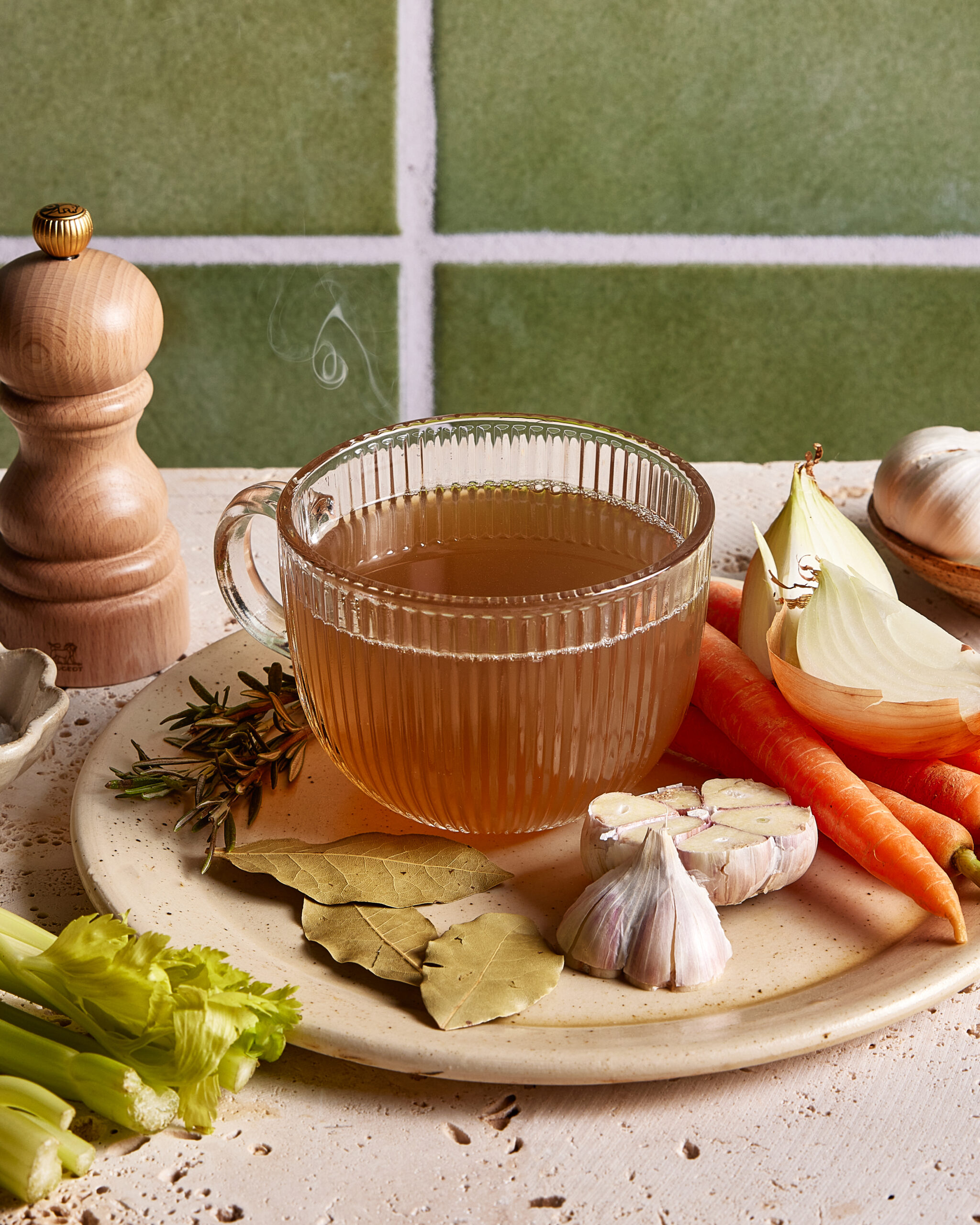
02.
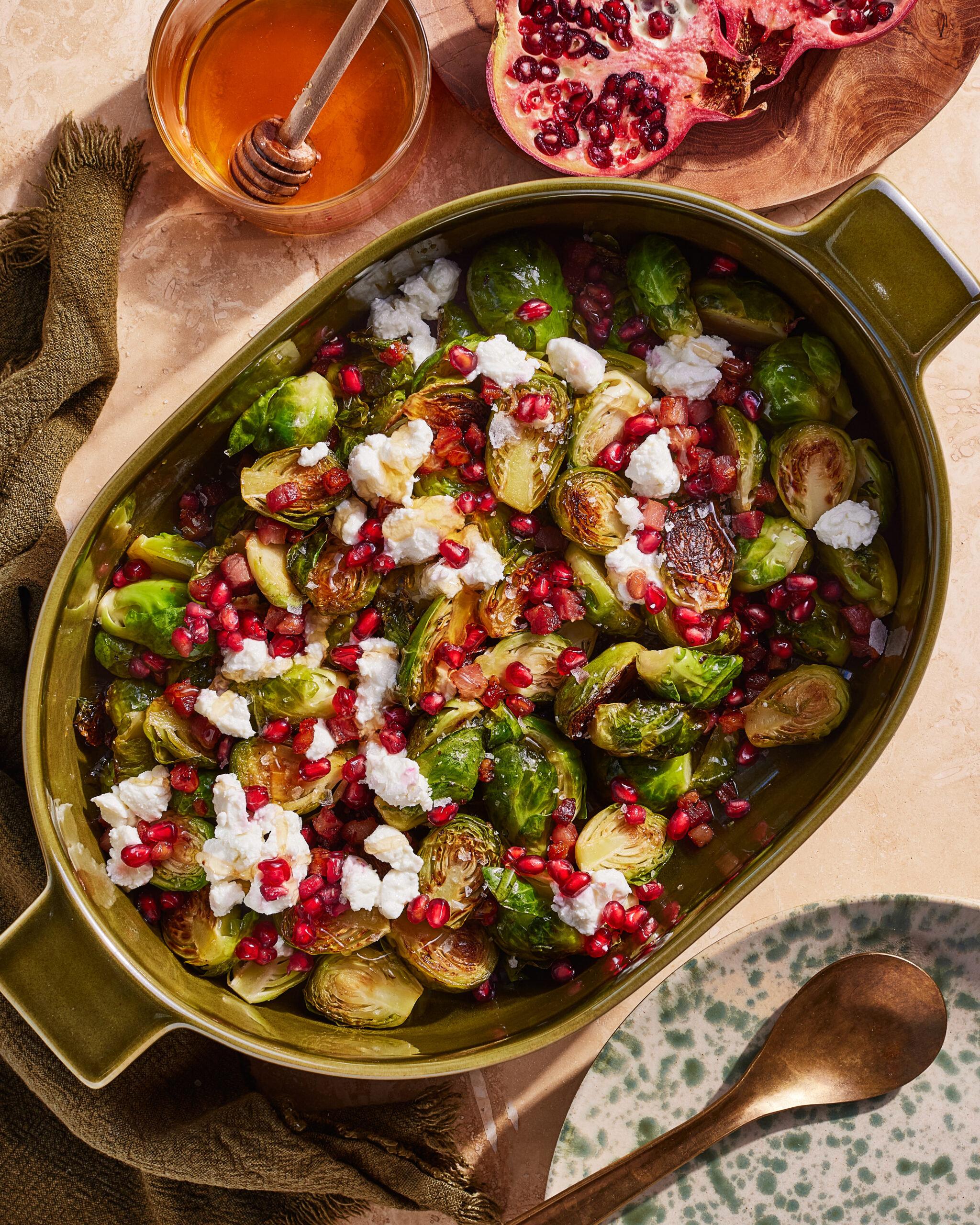
03.
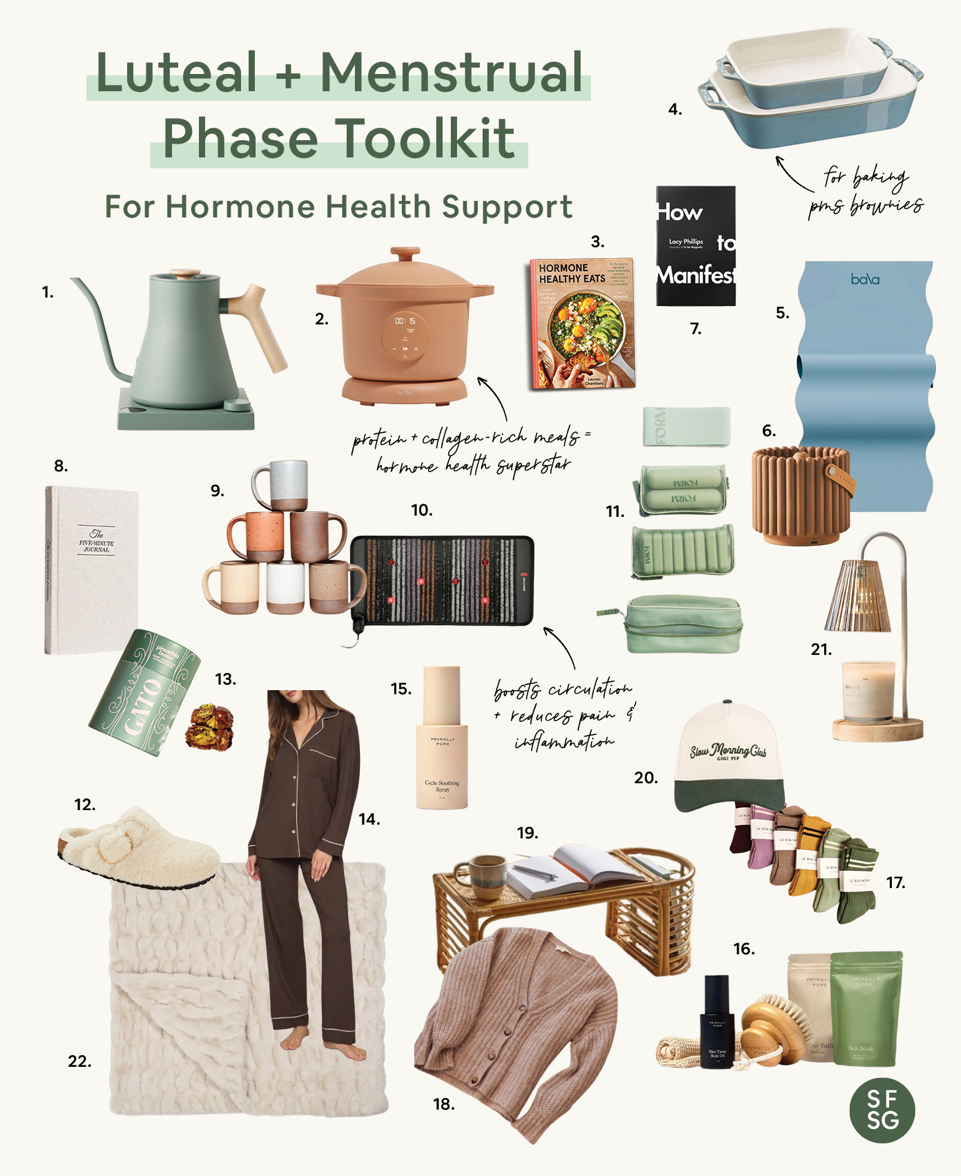
04.
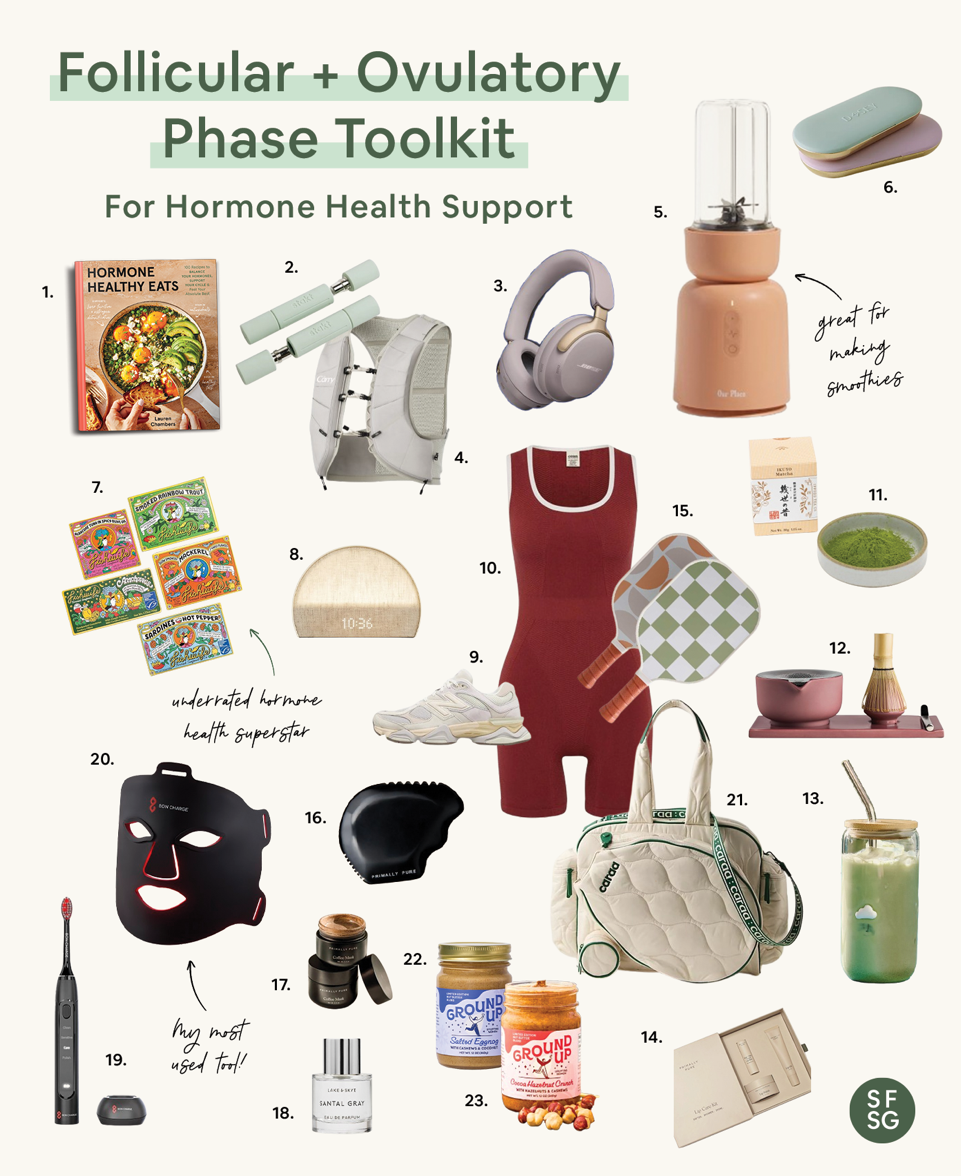
05.
hey!
Keep Browsing
Site
Keep Browsing
Site
the
about
e-books
blog
downloads
quiz
Welcome friend, I'm lauren.
I’m honored to support you on your journey to optimal hormone health + happiness. Thanks for being here babe.
